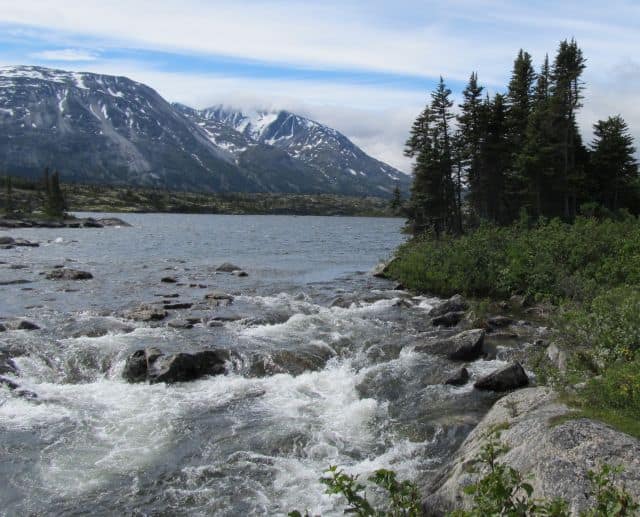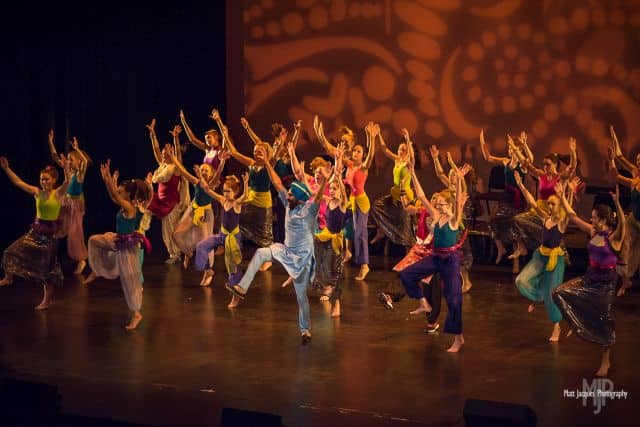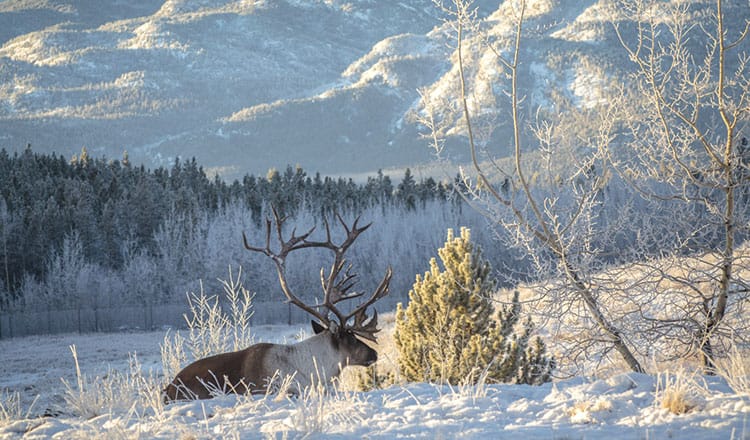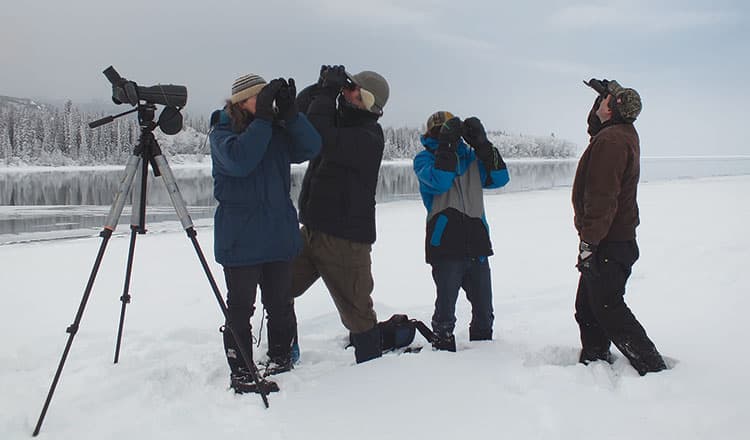On the banks of Kwanlin, Raven lounged.
“Oh, I am so weary after
Making the world
Stealing the light
Killing the Whale
Creating the Bear.
I would like to see my little cousins
But it is too far
For a tired old raven like me.”
–
On the banks of Kwanlin, Raven looked up.
“Oh, what was that shadow
Covering the world
Stealing my light
Bigger than Whale
Creating that noise?
I would like to follow that bird.
It is not too far
For a tired old raven like me.”
–
At the Whitehorse Airport, Raven approached.
“Oh, you are Condor!
Traveling the world
Chasing the light
Bigger than Eagle
Stronger than Bear.
I would like to see my little cousins.
It is too far to fly
For a tired old raven like me.”
–
At the Whitehorse Airport, Raven reflected.
“Oh, I’ve tried to ride Eagle
Over the world
Chasing his back
Grumpy that Eagle
Stronger than Raven.
I would like to ride in your belly
If Condor would do that
For a tired old raven like me.”
–
From the Whitehorse Airport, Condor flew north.
“Oh, there goes the Yukon
Top of the World
Chasing the wind
Faster than Eagle
Stronger than gravity.
I would like to see it all.
The trip of a lifetime
For a tired old raven like me!”
–
At the airport in Frankfurt, Raven cleared customs.
“Oh, look at my cousins!
Crows of the Rhine
Riding the wind
Bolder than Eagle
Flirting with gravity.
I would like to have them all
Come to Kwanlin and visit
A happy old raven like me.”
About this Poem (Poem Identity):
“Raven Meets Condor” is an un-metered, non-rhyming narrative. While the poem might appear unstructured in the conventional sense, the stanzas follow a strictly structured pattern as follows:
1st line: Location followed by Raven/Condor verb
2nd line: “Oh!” followed by a declaration
3rd to 6th lines: Each line contains at least one word from the matching line in the preceding stanza.
7th line: “I would like to” followed by a declaration
8th line: “For a tired old raven like me.” (With the exception of the final verse.)
The poem is intended to evoke First Nation’s narrative legends, where animals can assume human forms and vice versa, with a touch of contemporary whimsy.




